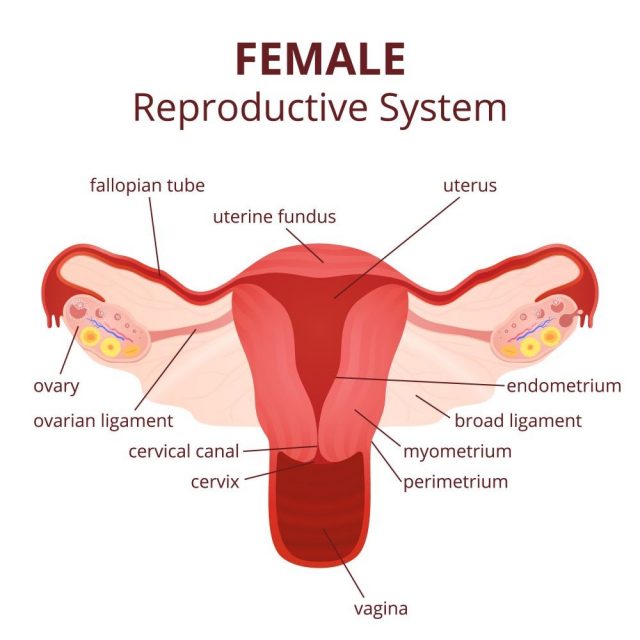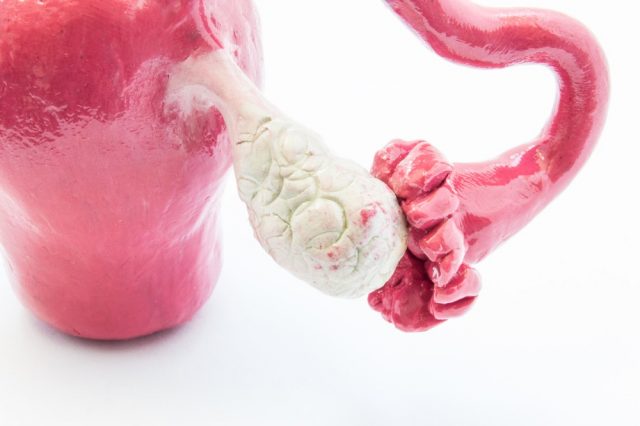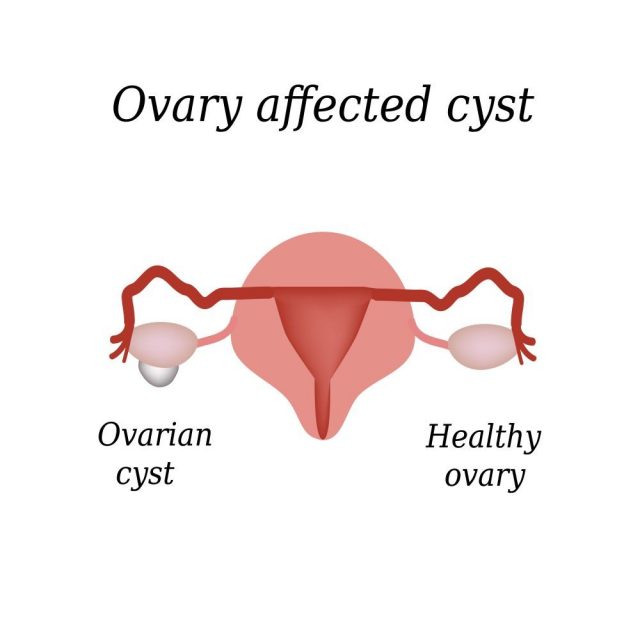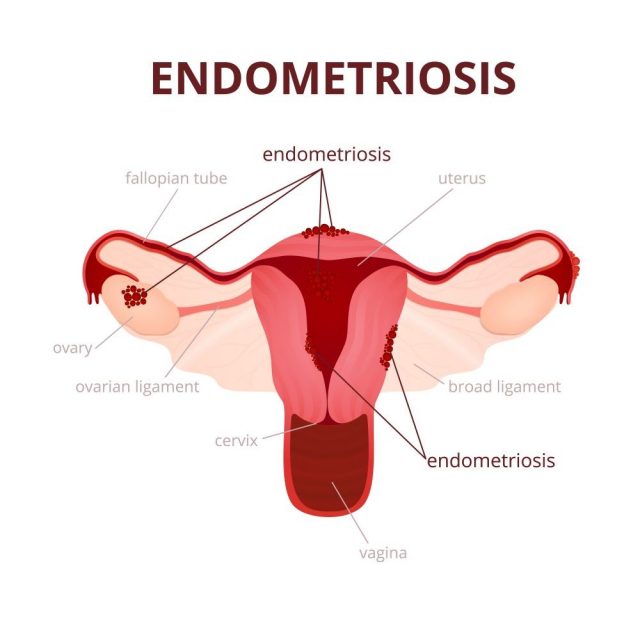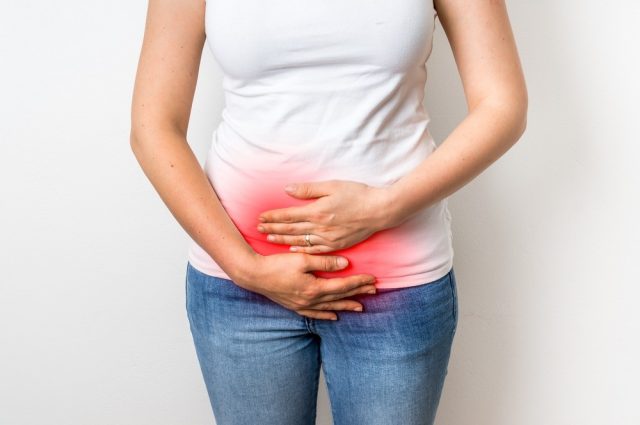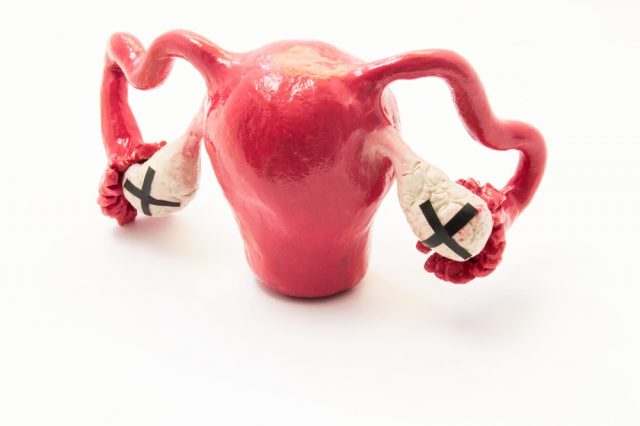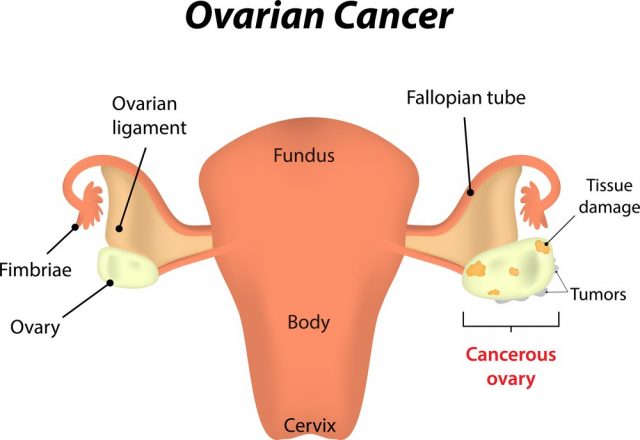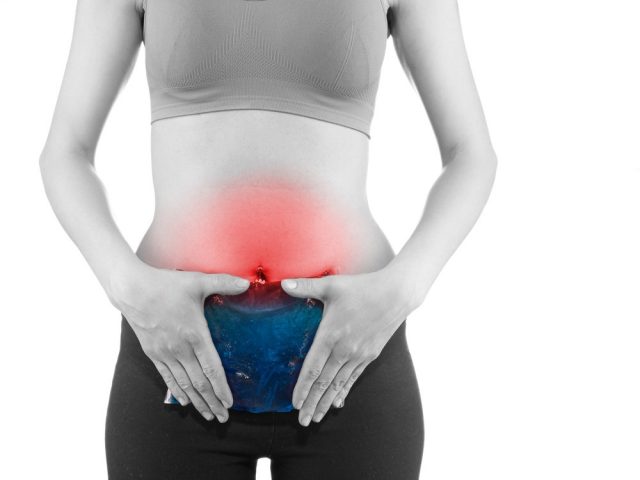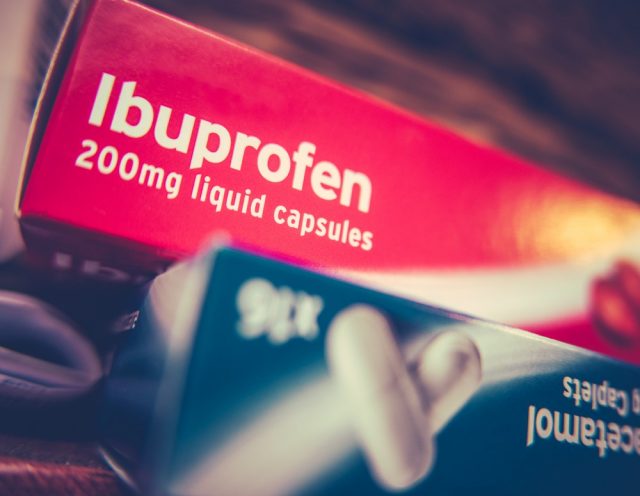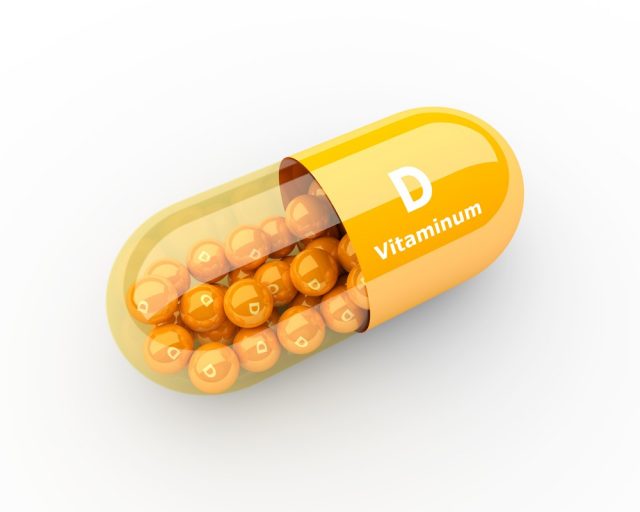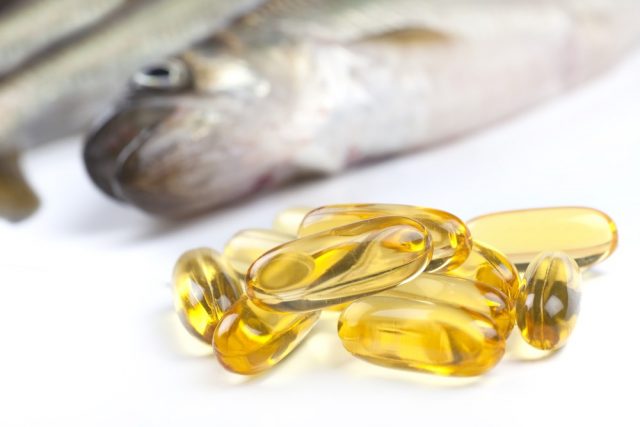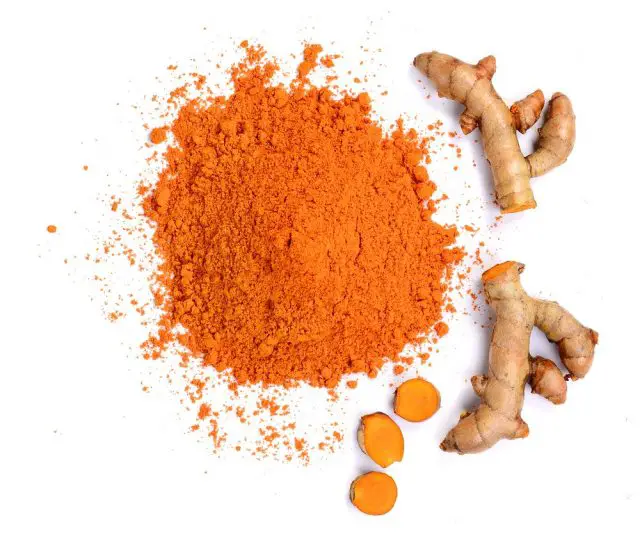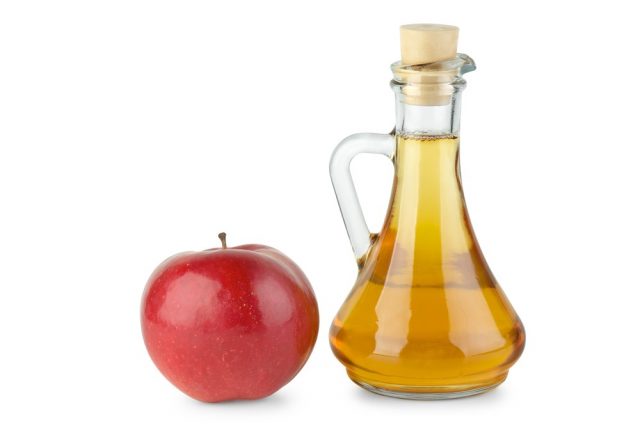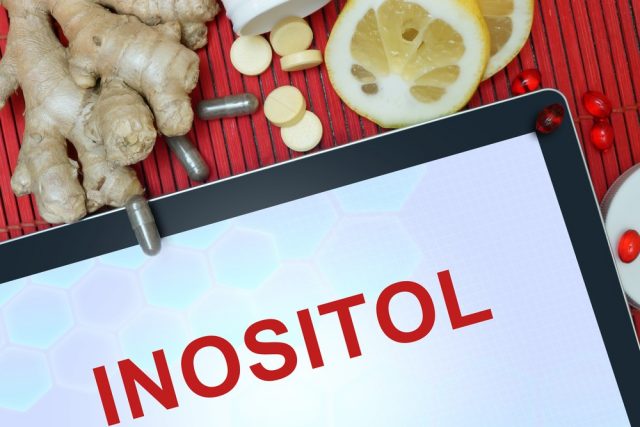Ovary Pain: All that You Need to Know
- Major causes of ovary pain
- 1. Mittelschmerz
- 2. Ovarian Cysts
- 3. Endometriosis
- 4. Pelvic Inflammatory Disease (PID)
- 5. Phantom Pains
- 6. Ovarian Remnant Syndrome
- Is it caused by Ovarian Cancer?
- When should you visit your doctor?
- Most Recommended Treatments for Ovary Pain
- Some long term treatment options for Ovary Pain Management
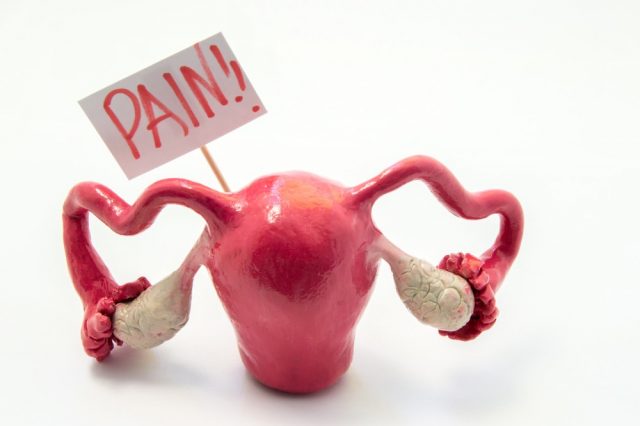
The human reproductive system is made up of several complex elements and it does several functions inside. Ovaries are one of the essential parts of the reproductive system in the female body. This section is responsible for two major tasks inside the body, the first one is the production of few hormones like estrogens etc that is actually responsible to trigger the menstruation cycles. The second important task is to release egg time to time so that fertilization process can be carried ahead.
Several females complain about ovary pain during different phases of their life. This condition can arise due to several causes like tumors etc. Note that, ovaries are located in the lower portion of abdomen thus when ladies face ovarian pain then the discomfort would be present in lower abdomen area; that is below pelvis and belly button. Professionals recommend visiting medical doctors for a complete check up if you face ovary pain so regularly. You can avail best guidelines from a gynecologist or obstetrician.
Depending upon the causes of pain, it can be acute or may lead to sharp pain in ovary. Generally, the acute ovarian pain is observed for short duration of time. Observations reveal that such type of pain may keep on disturbing your life after few days again but it often comes for the smaller duration and then you feel normal again.
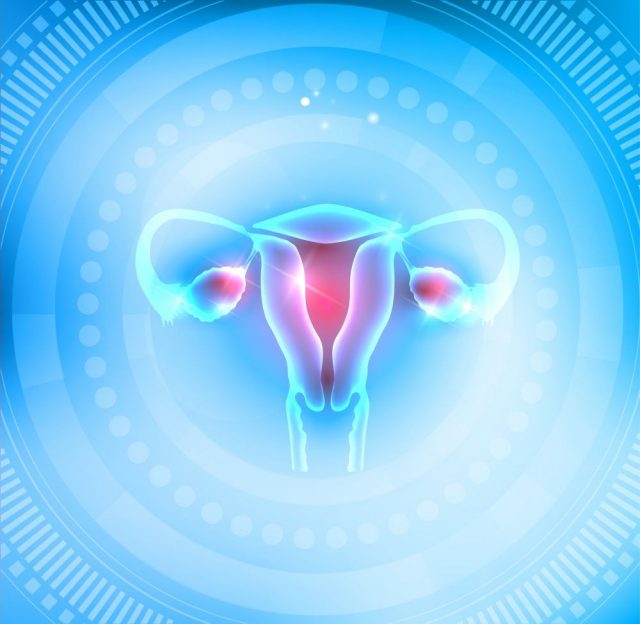
On the other side, the chronic ovarian pain is found to attach more gradually and females report that it often lasts for several months. Hence, there are different conditions for ovarian pain, it may stay longer or may come and go. Even, you may feel worst part of it during few specific activities like urination and exercise etc. Some of you may let stay unnoticed when it is mild in nature but in few cases, it starts creating disturbance in normal life schedule of ladies.
Major causes of ovary pain
There can be so many reasons behind pain in ovary. One can stay tuned to normal health if gains access to proper information related to such common diseases. Ladies are advised to go through the details below for knowing the possible reasons or causes behind ovary pain.
Once you know the facts behind what cause ovary pain then it can be easily diagnosed on time:
1. Mittelschmerz
Several females face ovary pain during their routine ovulation period every month. This condition is well known as Mittelschmerz in medical terms. This word is taken from two German words middle and pain. Note that, ovulation usually happens during the middle of the routine menstruation cycle thus most commonly females face ovary pain during the 14th day or around that. At this time, the egg comes out of the ovary and moves into the fallopian tube.
This discomfort in the pelvis may be felt from a single side or from both sides and the nature of this pain can be mild or severe. In few cases, it lasts for few minutes only but in other conditions, you may suffer with it for hours. Many women also report that they face discharge or bleeding during ovulation whereas others may feel pain along with nausea.
There are so many beliefs behind the ovary pain during ovulation or ovary pain during the period; few people believe that the ovary does not have a specific opening for the egg and it generally travels through walls causing pain. Whereas many medical experts say that it can be due to egg enlargement prior to ovulation. However, this kind of ovary pain generally goes with time and you need not undergo special treatment.
2. Ovarian Cysts
Ovarian cysts are the pockets or sacs filled with the special type of fluid and they get developed on ovary surface. Studies reveal that many cysts do not cause any pain; even some reports reveal that large cysts can also go unnoticed for a longer run. Some of the major symptoms of Ovarian Cysts are a pain in thighs, lower back, and pelvic pain. Some ladies may also feel severe pelvic pain during sex and periods.
Other symptoms associated with cyst include:
- Pressure on the bladder and much frequent urination
- The fullness of abdomen
- Breast tenderness
- Vomiting
- Nausea
- Pain observed during bowel movements
When ovarian cysts become too large then often risk rupturing.
There are few common signs that represent cyst rupturing:
- Vomiting
- Fever
- Severe or sudden pain in the abdomen
Some ladies may also go into shock and they may experience:
- Lightheadedness
- Rapid breathing
- Clammy or cold skin
Whenever you feel like cysts have ruptured then the best idea is to meet your doctor as soon as possible and start treatment as per their guidance.
3. Endometriosis
Here is one more potential cause behind ovary pain that is well known by the name Endometriosis. With such kind of disorder, the growth of the tissue happens outside uterus that usually stays inside uterus.
This tissue is named as the endometrium. Note that, when this tissue grows inside uterus then it often comes out during menstrual cycle but when it follows growth outside the uterus then it may get trapped or start making adhesion or scar tissue.
The ovaries are one of the common areas where endometriosis causes the growth of tissue and then it may lead to pain or discomfort.
Below are some of the major symptoms of endometriosis:
- Nausea
- Constipation
- Diarrhea
- Fatigue
- Excessive Bleeding
- Painful bowel movements, intercourse and periods
Note that, the amount of pain that females face cannot reveal the exact level of endometriosis because there are cases when one may face mild pain but the trouble inside is big or vice versa.
4. Pelvic Inflammatory Disease (PID)
PID is a special kind of infection that happens either in reproductive organs or genital tract of women. It has a direct impact on ovaries, fallopian tubes, and uterus. Studies reveal that such kind of infection can get transmitted due to sexual contact or it may also happen naturally. Most of the cases suffering from PID are observed in the age group of 15 to 25.
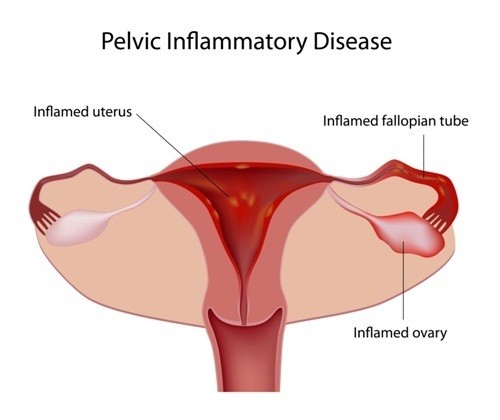
There are several cases that report PID even without any recognizable symptom. And some of you may also face confusing symptoms with common diseases like ovarian cysts, ectopic pregnancy, and appendicitis etc.
Below we have mentioned some of these:
- Chills
- Fever
- Pain at the time of intercourse
- Vaginal discharge changes
- Irregular bleeding
- Nausea
- Burning sensation at the time of urination
- Tenderness or pain in pelvic
As per the medical health professionals, PID is considered as one of the major cause of infertility. Most of the times, it is diagnosed with the help of laparoscopy, pelvic ultrasound or with a pelvic exam. Some of the most commonly prescribed treatments include doses of antimicrobial agents or antibiotics. Note that, in most of the cases it is essential to follow more than one cycle of PID treatment to avail the complete benefit.
5. Phantom Pains
Ovaries are generally located around other parts or organs of the body. Thus, you may often face ovary pain or pelvic pain due to other medical conditions too.
Some of the major conditions leading to Phantom pain are:
- Urinary Tract Infection: When you observe pain in the central area of pelvis then probably you are suffering from UTI. In most of the cases, UTI leads to cloudy urine, burning sensation during peeing or feeling of urgent urination.
- Pregnancy: If you are missing periods regularly then it may be due to pregnancy. In this case, you may observe fatigue, vomiting, nausea, breast tenderness etc. In case if you feel severe pain in shoulder area or lightheaded then it may be due to ectopic pregnancy.
- Kidney Stones: Such kind of pains may be severe or stay focused around you back or sides near ribs area. Some ladies also find blood in their urine and the trouble may be accompanied by chills, fever or pain waves.
- Constipation: In case if you have faced on less than three bowel movements during last week and the stools are hard enough then it may also cause pain.
- Appendicitis: For this case, the pain may reside near belly button or to the right side of your body. Some females also experience vomiting, chills, fever, infections, constipations, and loss of appetite during this period.
6. Ovarian Remnant Syndrome
Those who have recently gone through ovarian surgeries must ask their doctors about ovarian remnant syndrome. There are cases when tissue is left in the body after oophorectomy treatment; it may happen due to anatomic variations, adhesions, bleeding during surgery, or use of wrong techniques for surgery.
One of the most common symptoms behind ORS is a pelvic pain. Some of you may also feel the pelvic mass and some variations in normal menopausal symptoms during oophorectomy. There are few women that feel symptoms somewhat like endometriosis.
In simple words, we can say that ladies may face variable symptoms even up to almost 5 years after surgery. The best recommendation for treatment is the removal of tissue that is left behind during oophorectomy. And another option is to apply hormone therapy for suppression of ovulation.
Is it caused by Ovarian Cancer?
Some of you may be worried about ovarian cancer due to regular ovarian pain. However, chances for such conditions are rare but they should not be ignored so far. Stats reveal that almost 11 out of 100,000 females may face ovary pain due to ovarian cancer.
Most of the time women are treated with ovarian cancer at the age of 63 but if you are more aware of your health and stay connected with medical health experts then it can be detected and diagnosed on time. Note that, the early stages of ovarian cancer do not have any specific set of symptoms and in most of the cases even advanced one will not show any major trouble in your body. Many women simply confuse its symptoms with less serious conditions like constipation etc.
Some of the most commonly observed symptoms of ovarian cancer are:
- Frequent urination
- Unusual shifts in bowel habits
- Pelvic pain
- Unwanted weight loss
- Fullness while eating
- Swelling in the abdomen
Risk factors associated with ovarian cancer include some special type of medications, long family history of the disease and some kind of genetic mutations. Prefer to consult your doctor on time to avail right treatment.
When should you visit your doctor?
Many women keep on avoiding symptoms of the disease and later they suffer major trouble for their health. The best idea is to meet your doctor as soon as you notice ovary pain with certain common symptoms like vomiting, bleeding, and fever etc.
In case if you feel this pain mild in nature then it is good to track its records. Prefer to note its conditions, timings, ovary pain location and level of pain in a diary so that you can provide accurate details to your medical expert and right treatment can be carried ahead.
Although, you may feel this pain normal and it may have the least impact on your routine activities but it is good to consult doctors on time. Some of these health conditions may lead to infertility when they are left untreated. The ruptured ovarian cyst and appendicitis may lead to life threatening conditions. Hence, professionals advise undergoing right treatment on time.
Most Recommended Treatments for Ovary Pain
When you face acute pain then it is required to find some immediate solution for the pain.
Below are few easy to apply remedies to avail fast relief from ovary pain so that you can stay tuned to your normal life:
- Heat:
 This is one of the most popularly used treatment methods for Ovary Pain because it simply creates confusion for the nerve endings in your body. The nerves start reporting temperature signals and they stop or slow down the pain signal transmission. Heat also assists to relax the tense tissues as well as other major sources of ovary pain. Although, this treatment can be helpful for almost all types of ovarian pains but you must stay careful about ovarian cysts as heat application under this condition may lead to severe inflammation or infection. In order to treat your common ovarian pain or ovary pain after ovulation, simply take hot water in a bottle or use a heating pad to assists your back or abdomen in warmth. It provides the best relief immediately.
This is one of the most popularly used treatment methods for Ovary Pain because it simply creates confusion for the nerve endings in your body. The nerves start reporting temperature signals and they stop or slow down the pain signal transmission. Heat also assists to relax the tense tissues as well as other major sources of ovary pain. Although, this treatment can be helpful for almost all types of ovarian pains but you must stay careful about ovarian cysts as heat application under this condition may lead to severe inflammation or infection. In order to treat your common ovarian pain or ovary pain after ovulation, simply take hot water in a bottle or use a heating pad to assists your back or abdomen in warmth. It provides the best relief immediately. - Cold:
 Same as heat, cold is also an effective technique to divert the nerve signals. Also, the cold temperatures assist in the reduction of inflammation while boosting the healing process. The best idea is to use an ice pack at affected areas to avail relief for pain in the left ovary; people also prefer to use heat and cold alternatively until the painful condition gets completely resolved.
Same as heat, cold is also an effective technique to divert the nerve signals. Also, the cold temperatures assist in the reduction of inflammation while boosting the healing process. The best idea is to use an ice pack at affected areas to avail relief for pain in the left ovary; people also prefer to use heat and cold alternatively until the painful condition gets completely resolved. - Rest:
 Gentle exercises are one of the most recommended solutions for right ovary pain, left ovary pain and PCOS. Even if you are facing acute pain, the best idea is to take leave from your work schedule and have rest for some time. Generally, when sufferer keeps on moving around for a longer run then it may cause an increase in inflammation due to the rise in fluid movement. Also, the twisting or exertion may cause cyst rupture that may turn mild pain immediately into a medical emergency. Mild or gentle exercise is acceptable after prescription of your physician but never ever force your body for any specific movement, let it go normally.
Gentle exercises are one of the most recommended solutions for right ovary pain, left ovary pain and PCOS. Even if you are facing acute pain, the best idea is to take leave from your work schedule and have rest for some time. Generally, when sufferer keeps on moving around for a longer run then it may cause an increase in inflammation due to the rise in fluid movement. Also, the twisting or exertion may cause cyst rupture that may turn mild pain immediately into a medical emergency. Mild or gentle exercise is acceptable after prescription of your physician but never ever force your body for any specific movement, let it go normally. - Deep Breathing:
 It brings calmness into the body. When you are facing ovary pain then deep breathing can help you to optimize brain routes so that pain signals can be avoided. If you are having pain so often then slowly your brain will start a producing a specific neural circuit to monitor that pain only. It will naturally increase the perception of pain and the relief techniques will become less effective during ovary pain after menopause. When you opt for deep breathing then it helps to strengthen areas of your brain so that pain circuits can be broken down. This is one of the best and most popular ways of pain management and everyone needs to learn this technique. Prefer to sit at calm, quiet place with comfort; close your eyes, then start inhaling slowly and deeply. Continue this treatment up to at least five minutes to avail best results.
It brings calmness into the body. When you are facing ovary pain then deep breathing can help you to optimize brain routes so that pain signals can be avoided. If you are having pain so often then slowly your brain will start a producing a specific neural circuit to monitor that pain only. It will naturally increase the perception of pain and the relief techniques will become less effective during ovary pain after menopause. When you opt for deep breathing then it helps to strengthen areas of your brain so that pain circuits can be broken down. This is one of the best and most popular ways of pain management and everyone needs to learn this technique. Prefer to sit at calm, quiet place with comfort; close your eyes, then start inhaling slowly and deeply. Continue this treatment up to at least five minutes to avail best results. - Pain Relievers:
 There are few other useful solutions in the medical world that can provide you relied on acute ovary pain after sex. The best choices are ibuprofen and acetaminophen. These are more effective just because of the fact that these medications not only work for pain management but at the same time they also work like anti-inflammatory drugs. But note that these medications must be taken only after consulting a medical health professional because they are not suitable for certain conditions. It is not good to take aspirin because it leaves a negative impact on the ruptured cyst and acetaminophen causes risks to liver tissues when consumed for a longer run.
There are few other useful solutions in the medical world that can provide you relied on acute ovary pain after sex. The best choices are ibuprofen and acetaminophen. These are more effective just because of the fact that these medications not only work for pain management but at the same time they also work like anti-inflammatory drugs. But note that these medications must be taken only after consulting a medical health professional because they are not suitable for certain conditions. It is not good to take aspirin because it leaves a negative impact on the ruptured cyst and acetaminophen causes risks to liver tissues when consumed for a longer run.
Some long term treatment options for Ovary Pain Management
Here is one more list of therapies or strategies that can assist in long term pain management; go through the details below to implement them in your life:
- Multivitamin:
 There are so many types of minerals and vitamins that can help you to gain relief from left side ovary pain. Studies reveal that the pain can be sometimes caused by vitamin deficiency thus the best way is to improve your vitamin intake. Some of the most effective recommendations are B complex, vitamin D, calcium citrate, magnesium citrate etc.
There are so many types of minerals and vitamins that can help you to gain relief from left side ovary pain. Studies reveal that the pain can be sometimes caused by vitamin deficiency thus the best way is to improve your vitamin intake. Some of the most effective recommendations are B complex, vitamin D, calcium citrate, magnesium citrate etc. - Vitamin D Supplement:
 We all know the importance of vitamin D for our overall health. It is one of the essential factors to reduce sharp pain in left ovary. But note that, vitamin D is a popular fat soluble vitamin thus it may cause side effects when consumed in a higher amount. The best idea is to consult your physician for a proper recommendation. One more benefit of vitamin D is its ability to assist in the hormonal balance as well as monthly cycles.
We all know the importance of vitamin D for our overall health. It is one of the essential factors to reduce sharp pain in left ovary. But note that, vitamin D is a popular fat soluble vitamin thus it may cause side effects when consumed in a higher amount. The best idea is to consult your physician for a proper recommendation. One more benefit of vitamin D is its ability to assist in the hormonal balance as well as monthly cycles. - Fish Oil:
 Fish oil is commonly recommended for several medical disorders and it is most useful for treating sharp ovary pain like PCOS. There are several components inside fish oil that provide great health benefits and assists in hormone balancing along with management of nerve functions. One of the most essential components of fish oil is omega 3 fatty acid that supports structure of healthy hormones and also contributes to lowering the chronic pains.
Fish oil is commonly recommended for several medical disorders and it is most useful for treating sharp ovary pain like PCOS. There are several components inside fish oil that provide great health benefits and assists in hormone balancing along with management of nerve functions. One of the most essential components of fish oil is omega 3 fatty acid that supports structure of healthy hormones and also contributes to lowering the chronic pains. - Turmeric:
 You must have heard about impressive benefits of turmeric as a spice but at the same time, this yellow powder can lead to treatment of several medical disorders. Turmeric has the power to provide relief from severe ovary pain due to its anti-inflammatory properties. You can prefer to take a capsule of curcumin or turmeric with 400 to 600 mg rating almost three times in a day.
You must have heard about impressive benefits of turmeric as a spice but at the same time, this yellow powder can lead to treatment of several medical disorders. Turmeric has the power to provide relief from severe ovary pain due to its anti-inflammatory properties. You can prefer to take a capsule of curcumin or turmeric with 400 to 600 mg rating almost three times in a day. - Apple Cider Vinegar:
 Its usage are not only limited to salad on your dinner table rather it can also serve as an effective solution for pain in right ovary. Several studies reveal that apple cider vinegar can contribute in the reduction of ovarian cyst size that is one of the major causes of ovarian pain. Also, it is the best source of magnesium that leads to ovarian pain management caused by PCOS.
Its usage are not only limited to salad on your dinner table rather it can also serve as an effective solution for pain in right ovary. Several studies reveal that apple cider vinegar can contribute in the reduction of ovarian cyst size that is one of the major causes of ovarian pain. Also, it is the best source of magnesium that leads to ovarian pain management caused by PCOS. - Inositol:
 Here is one more highly recommended and useful supplement for PCOS treatment and right side ovary pain. This is an essential part of vitamin B family and assists in healthy ovulation. This compound not only provides a boost to the chances of conceiving but at the same time it also assists in the prevention of mittelschmerz and ovarian cysts.
Here is one more highly recommended and useful supplement for PCOS treatment and right side ovary pain. This is an essential part of vitamin B family and assists in healthy ovulation. This compound not only provides a boost to the chances of conceiving but at the same time it also assists in the prevention of mittelschmerz and ovarian cysts. - Reduce Caffeine Intake:
 Although you love coffee in the morning but when it comes to health than caffeine consumption is never good. It is one of the most common causes behind PCOS and ovary pain and it often makes pain conditions worse. Also, as caffeine is a popular stimulant so it causes more reactive nerve signaling towards pain; further it may also lead to inflammation. Thus the best idea is to stop caffeine consumption right from today.
Although you love coffee in the morning but when it comes to health than caffeine consumption is never good. It is one of the most common causes behind PCOS and ovary pain and it often makes pain conditions worse. Also, as caffeine is a popular stimulant so it causes more reactive nerve signaling towards pain; further it may also lead to inflammation. Thus the best idea is to stop caffeine consumption right from today.
All these treatment options are useful enough for ovarian pain but if the symptoms go severely then always prefer to meet your doctor first and follow their recommendations.

